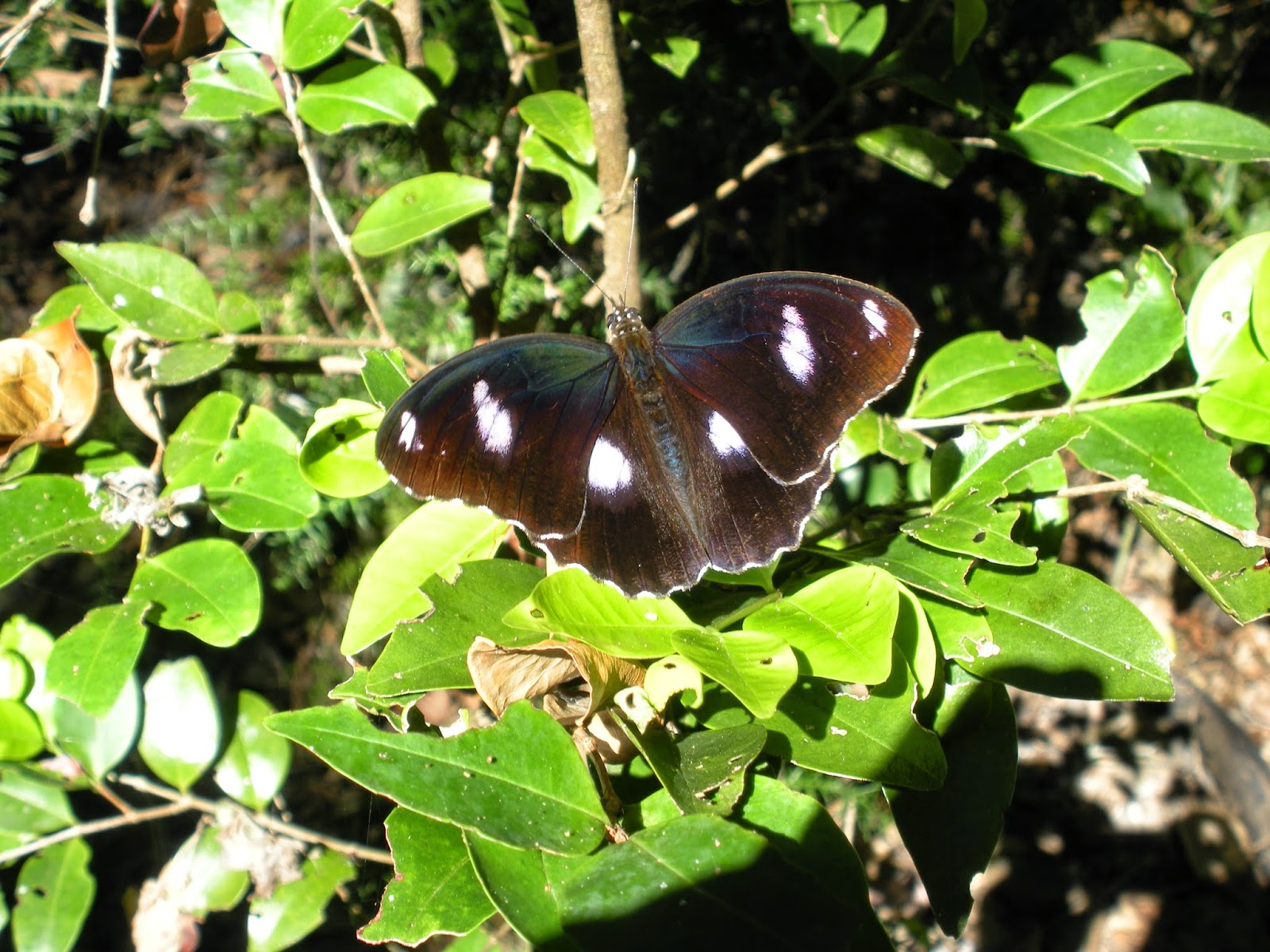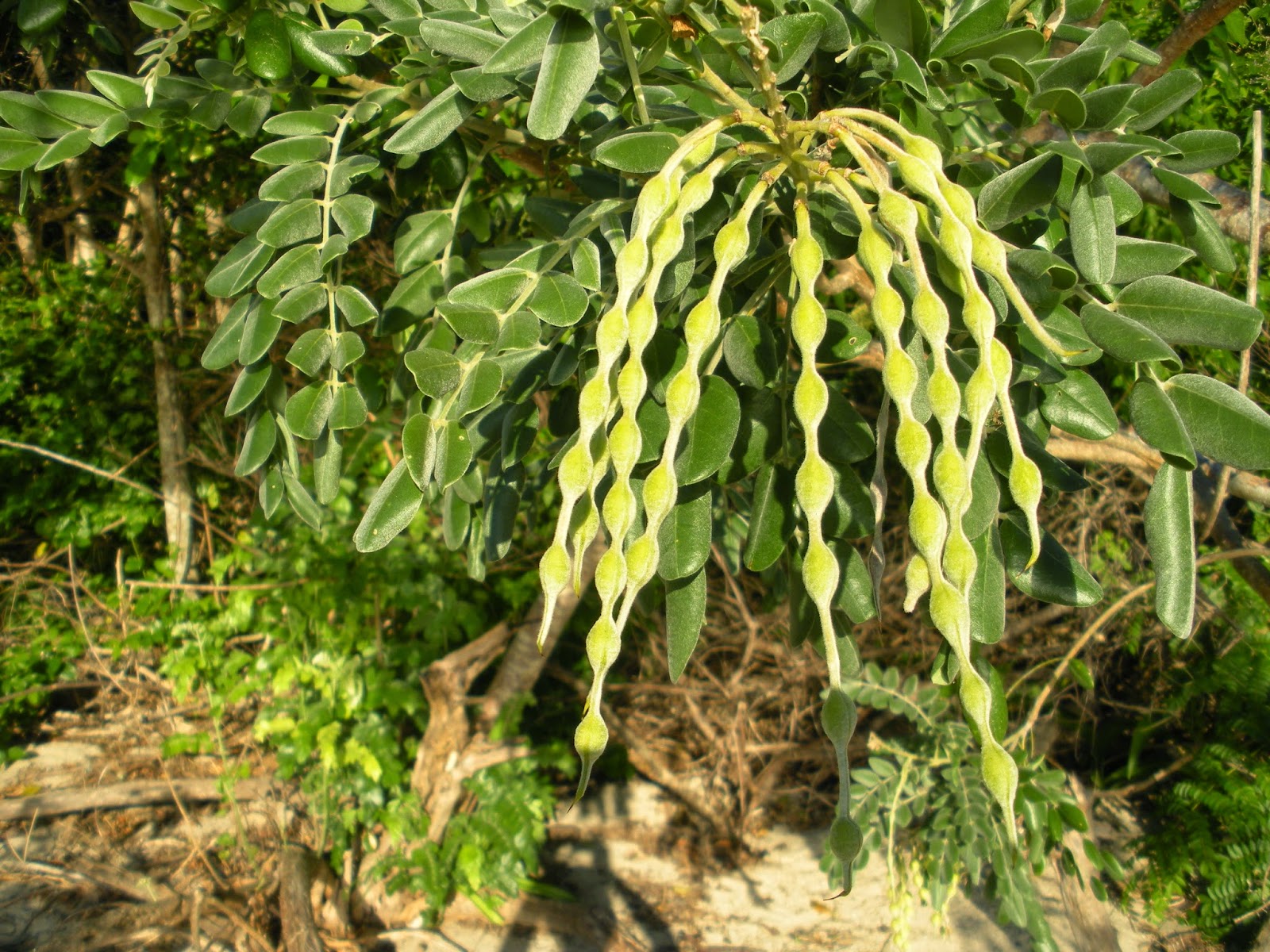Hello!
I haven't died, at least not entirely. Parts of me have died, including my healthy sleep pattern and my willpower to limit my caffeine and Tim Tam intake, but these are small sacrifices really.
Since I have written last, the craziness of my PhD has kicked up a notch. I am currently teetering on the edge of becoming scatterbrained enough to leave the house with two different shoes on (it only happened once, and I caught myself at the door). Most days I still remember to eat, brush my teeth and shower, so I'm still doing very well.
I have started down the road of fieldwork, an exercise in patience, persistence, and stringent self-control in the arena of not scratching mozzie bites. Fieldwork is a rite of passage for scientists, where 2 + 2 begins to equal 7, except when it's raining, when 2 + 2 equals a smudge and a sinking feeling that perhaps waterproof paper really would have been a great idea. Fieldwork also presents an opportunity for animals to whip out their invisibility cloaks and/or refuse to behave normally. In my case, fieldwork grants plants the gift of ambulation, and curses mosquitoes and sandflies within my vicinity with unquenchable thirst and liberal use of itch-inducing spittle. I should count myself lucky, however, as none of my sites have caught on fire, all of my rental cars have performed beautifully, AND no boats have left without me. Furthermore, I still have all my limbs, I have not caught any incurable diseases, and I can still put a sentence together most days of the week. Indeed, I am very fortunate, and I knock on every piece of wood and wood-like substance, my head included, when recounting this treasure trove of good fortune.
This fieldwork effort started shortly before Christmas holiday. It helps to understand that during Christmas holidays, academics work slavishly at home, free at last from the distractions of the term and that pesky necessity of interacting with other humans. I was granted my research permits from the NSW government and cheerfully thought that I could sort everything out at my leisure once the holiday period ended, around the end of January. I was looking forward to finishing my literature review, really digging down deep into the mysteries of statistics, and possibly even catching up on some reading. What a Christmas break! I was going to be on top of things! Sadly, I was mistaken.
My supervisor and I realised that perhaps it would a good idea to go into the field before things started drying up and catching on fire, and certainly before winter came and the cool quelled insect appetites. I won't say cold out of respect for my North American readers. This translated into moving quickly to get organised and make it happen. For various reasons, including the Australian tradition of having a big piss-up at a campground on the Australia Day long weekend and the subsequent lack of places to stay near my sites, my field season was slated to begin only a few short weeks from when I got my permits. In that time, I moved with
speed and determination: got all the transport, accommodation, food, camping gear, scientific instruments, and so on organised, and was off!
So what did I do? I tagged a bunch of leaves, worked out how much of them had been eaten, then caught bugs, took some leaf samples, and worked out how tough the leaves were. There are some other details in there which I would be happy to explain to those who care, but in essence that is what I was doing. I did this on two occasions for each pair of sites, so that I was essentially out of town every other week since the end of January.
My first pair of sites was Myall Lakes National Park and Broughton Island. These sites are about 2.5 hours north of Sydney by car. It was at Broughton Island that I had my first encounter with the
wedge-tailed shearwater, a bird that flies about fishing on the ocean all day, then returns to its burrow after sunset. Before bunking down for the night, the birds wander clumsily about on land,
calling out to each other with a cry that sounds like onlookers at a fireworks display. I was told that this call is a shearwater's announcement of its desire to groom and be groomed, which makes it both more cute and more hilarious. I also had the heart-stopping experience of a shearwater flying into my tent in the vicinity of my head as I slept. Apparently these birds fly at night without the benefit of good night vision. I was rapidly coming to understand why these animals can only exist on islands where not many other creatures are around to compete with them or eat them.
On the mainland, my site was in a locale with massive sand dunes, another first for me. I have been to dunes around Kitty Hawk, NC, but never ones where it occurred to me to take a compass bearing before I got in the thick of them lest I fail to return before the wind wiped out my tracks. I felt like an adventurer heading out with my pack full of science equipment across the dunes, shielding my face with my arm against occasional gusts of hot, sand-laden wind. I felt a little less intrepid as the dingoes howled around the campsite with me the only occupant. Being dingo-aware, I had all my edibles and rubbish locked up safely in the car, but not having been around dingoes before I still felt a bit nervous. Better dingoes than bears, I guess.
My second pair of sites was located near Narooma, a good 5 hour drive south of Sydney. The island was Montague Island, a patch of granite poking up from the sea as a lesser version of nearby Mt Dromedary. Being further south, the weather is a bit iffier and more dramatic, which set the stage for a tremendous sunset. Seals and seabirds were the stars of Montague, although I arrived after breeding season had finished so I only got an inkling of what it might be like in full swing. Apparently the smell and the noise of the birds is quite overpowering. I met the loveliest people on Montague, the park ranger and his family, as well as a fellow researcher. Accommodation was a step up from the primitive camping I had henceforth enjoyed: I was lucky enough to stay in the historic lightkeeper's cottages on the island. It's hard to describe the stark beauty and heavy feeling isolation on Montague, especially on a gloomy, grey, windswept day.
The mainland site was near Brou Lake, and the campsite was incredible. It was like being in an enchanted forest because of the twisted shapes of the gum trees (
Corymbia maculata syn.
Eucalyptus maculata) and their smooth, dappled grey, white, and purple trunks. This was especially true during sunrise or sunset, when the golden afternoon light made the trees look like they were glowing from within. There were kangaroos and wallabies hopping through the bushes, and songbirds tweeting in the softer hours of the day. It was kind of idyllic... until I also saw a massive goanna and a snakeskin that was as thick as my arm. Next time I go there I am wearing gaiters in addition to my boots and pants.
Both of my pairs of sites were gorgeous, and when I got tired or cranky it was easy to sit down, have a snack, look around, and realise that it wasn't so bad after all. I have learned an important life lesson from my capers: the paramount importance of snacks in maintaining good mental health.
And what did I learn? Besides a healthy appreciation for tap water, electricity, shampoo and fresh vegetables, I got a pile of data! Hooray! Data are the heart and soul of science, the fuel on which the machine of academic exploration runs. Unfortunately, raw data can't tell me much, and I've been too busy to engage the power of statistical tests, which would be able to paint with 95% confidence a picture of what my data mean.
I have a few ample tasks in front of me before I can declare my fieldwork chapter closed, including organising one more Australian round of fieldwork in either Queensland or South Australia. What's even MORE exciting is the prospect of expanding my project to the US of A. This will test my mettle against a logistical perfect storm: international and domestic flights, presenting at a conference, collecting sound data, obtaining import/export permits, processing samples that can't come home, securing chemicals and labspace... the list goes ever on! All the while, I will also need to keep myself fed, presentable, sane, and relatively rested. I may need a cape and some spandex after I pull this off.
In the end though, I'm enjoying this, learning a lot, and pushing my boundaries. It's tough and a little bit hectic, but fun, and I've already been to some pretty magical places and met some really good people. With all of this reported, don't be alarmed if I fail to update for another three or six months!
 |
| Some of the insect life on Broughton Island. |
 |
| One of my study species. |
 |
| The view from my study site. |
 |
| What sunrise looked like from my tent. |
 |
| Science! |
 |
| Bird skull on the beach. |
 |
| The Looking Glass, Broughton Island. |
 |
| Home sweet home at Myall Lakes Naitonal Park, NSW. |
 |
| Hello, friend! |
 |
| Hello, friend! |
 |
| Not too shabby... |
 |
| The view from my tent door. |
 |
| An herbivore caught green-mandibled. |
 |
| My commute. |
 |
| One very torn goanna- me, or the bigger guy? |
 |
| Home away from home at Brou Lake campground, Eurobodalla National Park, NSW |
 |
| Snake tracks on the beach. |
 |
| Sunset on the trees. |
 |
| My site. |
 |
| My commute- heavy jellyfish traffic. |
 |
| The local wind speed indicator. |
 |
| Look closely and you'll see one gigantic snakeskin. |
 |
| Lichen on Montague. |
 |
| Plant life on Montague. |
 |
| Seal yoga off of Montague. |































